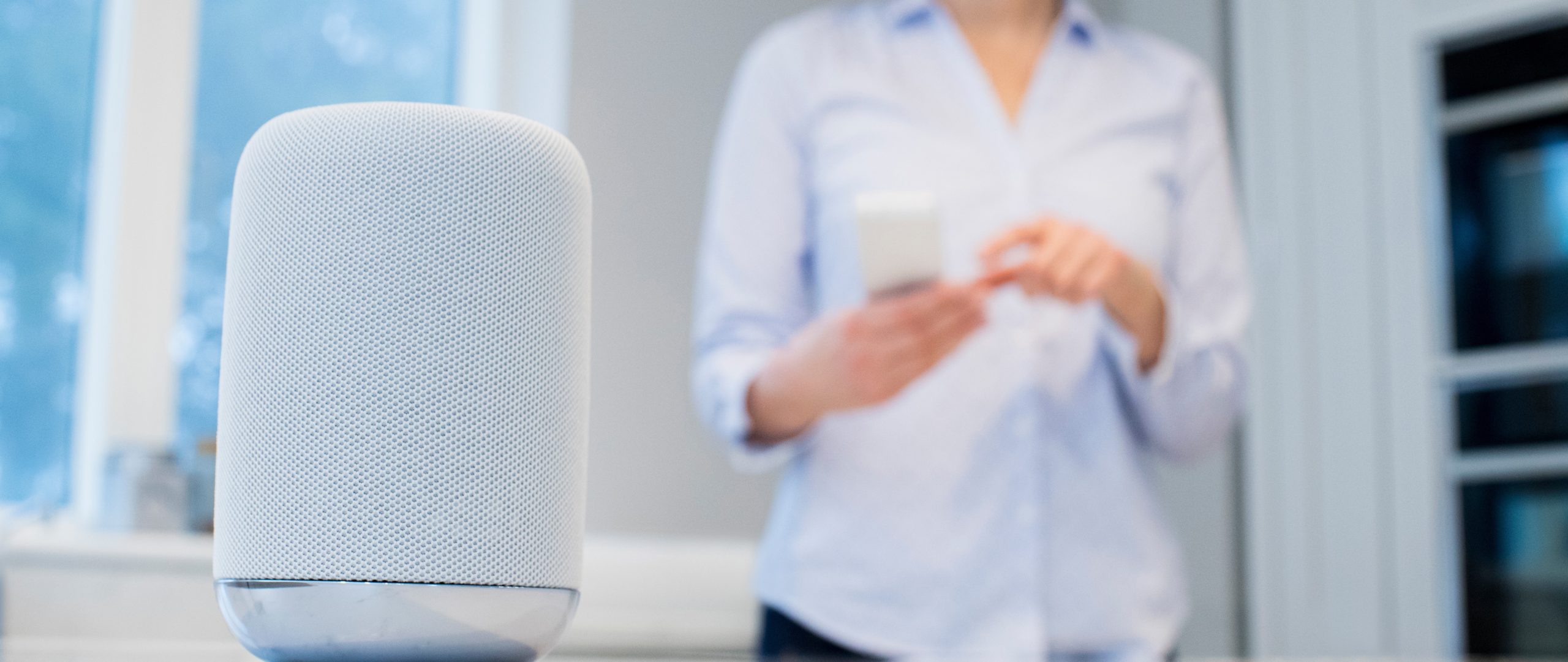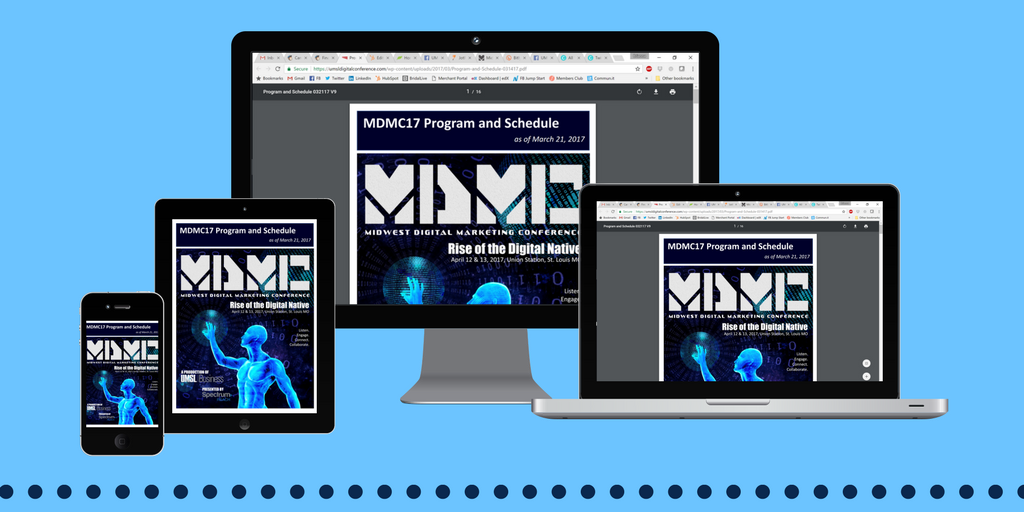We have more media options now than ever before for consuming and sharing content. We spend our days bouncing between our smartphones, computers, tablets, TV, etc. often using multiple devices at once. This has created an elastic buying journey that requires marketers to shift from media-focused ad placements to audience-focused targeting based on behavior and location. Which, in turn, has prompted a surplus of marketing buzzwords like “omni-channel,” “micro-moments,” “SoLoMo (social, local, mobile),” etc.
To be clear, I’m not bashing buzzwords. Like any other marketer, I use (overuse) them all the time. My point is in the digital era, consumers interact with media differently and, regardless of what we call it, they expect the path to purchase to also be a path of little resistance – an expectation that differs for each consumer.
In that spirit, I’m not interested in coining a new term for – or prognosticating about – the future of the buying journey. Rather, I want to look at what the biggest retailers are already doing to accommodate consumers in the digital era, what those actions mean for the retail industry and what other brands can start doing today to reach consumers.
Consolidating power
Big name retailers have been doing what big name retailers do – developing partnerships, introducing new features and acquiring smaller brands in a quest to dominate market share. Last week, retail giant Walmart and search giant Google announced a partnership to start offering the retailer’s product on Google Express in September.
Until now, Walmart has resisted offering their products online other than on its own site. But with Google Home, Walmart can now offer “hundreds of thousands of items for voice shopping” for consumers to order – or reorder – on Google’s new voice-powered digital assistant.

comScore estimates half of all searches will be voice searches by 2020 and voice-enabled devices are already disrupting digital media buying. Google Home owns a small share of the device market compared to Amazon’s Echo today, but it’s still early.

Google also brings its advanced algorithms and years of experience learning users’ online habits. This should be especially helpful with one feature of the partnership: Walmart customers can link their accounts to Google and get personalized shopping results based on their online and in-store Walmart purchases.
Related: A look at paid search advertising in the Era of Voice Search
This was just the latest in a string of moves by Walmart to strengthen online sales. In the past year, Walmart has started a free two-day shipping feature and introduced an in-store pickup option. The retailer also acquired online retailer Jet.com for a cool $3.3 billion and apparel retailer Bonobos for $310 million.
And the moves are working, second quarter online sales were up 60 percent this year compared to 2016.
To recap: Walmart now offers free two-day shipping, the ability to order items through an AI powered voice search and personalized product recommendations to consumers. It almost sounds like Walmart is trying to compete with someone…
Taking down Goliath
It seems bizarre to compare Walmart and Google to David but in online retail, there is only one Goliath – Amazon. For comparison, Walmart offers roughly 67 million items online, Amazon has almost that many items in its Cell Phones and Accessories department alone.
While Walmart is beefing up its digital presence, Amazon is venturing out into the analog world. In June, Amazon invested more than $13 billion to acquire high-end grocery retailer Whole Foods, giving the online retailer access to 450 physical stores. (The company is also working on opening its 10th physical bookstore this year.)
But Amazon is still making digital technology an integral part of its offline strategy. Amazon Go is a prime example; it’s the company’s solution to traditional grocery stores by skipping the checkout lines.
“(The) shopping experience is made possible by the same types of technologies used in self-driving cars: computer vision, sensor fusion and deep learning. Our Just Walk Out Technology automatically detects when products are taken from or returned to the shelves and keeps track of them in a virtual cart. When you’re done shopping, you can just leave the store. Shortly after, we’ll charge your Amazon account and send you a receipt.”
If there’s an overarching theme to all these moves, it’s that big-name retailers are trying to offer consumers a buying journey that matches their media habits, blending online and offline options to provide each consumer their personal path of least resistance. In buzzword speak, it’s a “SoLoMo” approach to “omni-channel” advertising designed to reach consumers at the right “micro-moments.”
Improving your digital media campaigns
Competing in today’s media landscape requires each brand to develop its own unique approach comprised of many small puzzle pieces that when put together renders a cohesive strategy. However, there are plenty of little things brands can implement to reach consumers across channels to help guide them towards a purchase.
Here are a few tips for retail brands:
No. 1: Put the “Lo” in “SoLoMo”

For retailers looking to increase sales at brick-and-mortar stores, Google AdWords campaigns offer a variety of strategies:
No. 2: Connect the dots

Consumers frequently go between shopping online and in store, so it’s important to tie online and offline actions. If a consumer spends 95 percent of the purchase process researching online but buys the product in your store, you want to make sure the advertising effort that did the heavy lifting gets the credit.
Attribution is integral to digital marketing, but perfecting it has been the industry’s white whale. However, digital marketers are making huge advances connecting online and offline behaviors and can attribute performance far better than many traditional media placements.
Related: The Latest from Google – June 2017
No. 3: Following the lead

Online shopping allows consumers to spread out their research into smaller, incremental shopping sessions (hence “micro-moments”), and they tend to start and stop often. But just because someone doesn’t convert immediately doesn’t mean they’re not interested. Retailers can improve the odds of the consumer returning and make it easier for them to do so by retargeting them – meaning showing them related ads (via search, display, email, etc.) to keep the brand top of mind.
No. 4: Putting the “So” in “SoLoMo”

Consumers spend a lot of time on social media and many use the platforms during the holidays for gift inspiration. So be where the people are by placing ads on top social sites. Facebook has several ad options that can drive e-commerce sales, increase in-store traffic or do both. For example, offer claim ads allow brands to extend discounts and promotions to targeted Facebook audiences.
Related: GoWireless boosts in-store sales with Facebook Offers
Moving forward
Implementing these four tips won’t bring on massive change like the Google-Walmart partnership, but they represent incremental steps that retail brands can take today. As more media options become available, brands need to implement these types of changes to reach consumers on as many channels as possible.
To learn more about retail marketing, check out our latest guide: Six tips to unwrapping the holiday season consumer buying journey


![[Video]: Geo-fencing Drives Local Consumers to Your Location](https://mindstreammediagroup.com/wp-content/uploads/2017/08/Geo-targeting-Header.png)

 Google My Business now has the ability to
Google My Business now has the ability to ![[Video]: Taking Control of Your Presence on Google](https://mindstreammediagroup.com/wp-content/uploads/2017/05/Local-search-video-featured-image.png)

